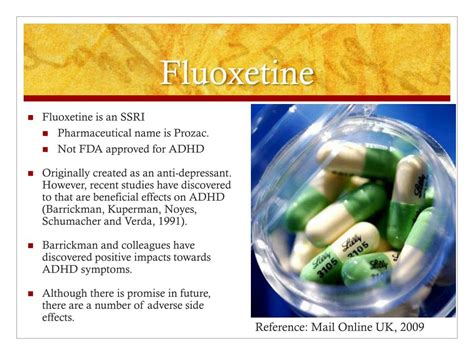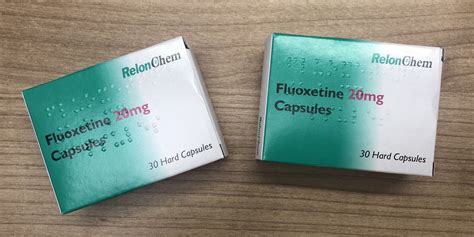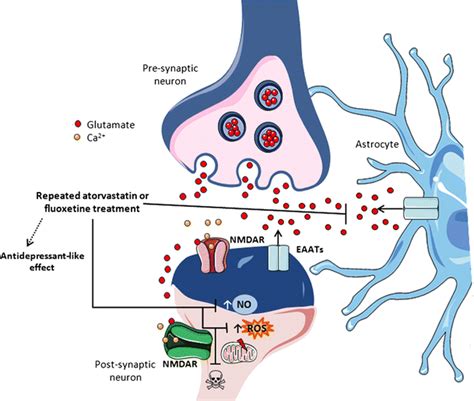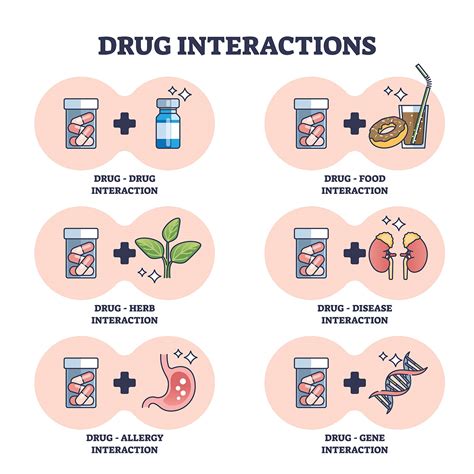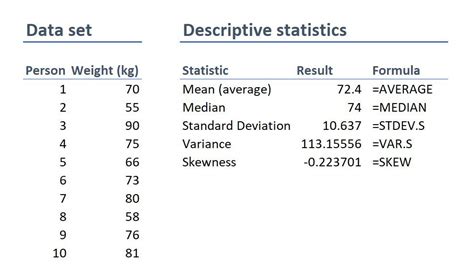Fluoxetine, commonly known by its brand name Prozac, is a selective serotonin reuptake inhibitor (SSRI) used to treat various mental health conditions, including depression, anxiety disorders, and some eating disorders. One of the commonly prescribed doses of fluoxetine is 20mg, which is often used as a starting point for many patients. Understanding the effects, benefits, and potential side effects of 20mg fluoxetine is crucial for individuals considering this medication as part of their treatment plan.
The decision to prescribe fluoxetine, especially at a dose of 20mg, is typically made after a thorough evaluation by a healthcare professional, taking into account the patient's medical history, the severity of their symptoms, and other factors. Fluoxetine works by increasing the levels of serotonin in the brain, which helps improve mood, sleep, and appetite, among other functions. The 20mg dose is considered standard for many conditions treated with fluoxetine, offering a balance between efficacy and the risk of side effects.
For individuals considering or already taking 20mg fluoxetine, it's essential to be aware of how the medication works, its potential benefits, and what to expect in terms of side effects or interactions with other medications. The journey to recovery from mental health issues is highly individualized, and medications like fluoxetine play a significant role in this process. By understanding more about 20mg fluoxetine, patients can better navigate their treatment plan and work closely with their healthcare providers to achieve the best possible outcomes.
Introduction to Fluoxetine
Fluoxetine is part of a class of drugs known as SSRIs, which are commonly used to treat depression, anxiety disorders, and other mental health conditions. The medication's effectiveness in managing symptoms of these conditions has made it a widely prescribed drug. Fluoxetine's mechanism of action involves the inhibition of the reuptake of serotonin, a neurotransmitter associated with feelings of happiness and well-being, thereby increasing its availability in the brain.
Benefits of 20mg Fluoxetine
The benefits of 20mg fluoxetine are numerous and well-documented. For many patients, this dose provides an effective balance between therapeutic efficacy and the risk of adverse effects. Some of the key benefits include:
- **Improved Mood**: By increasing serotonin levels, fluoxetine helps in stabilizing mood, reducing symptoms of depression, and improving overall mental well-being.
- **Reduced Anxiety**: Fluoxetine is effective in managing anxiety disorders, including generalized anxiety disorder, panic disorder, and social anxiety disorder.
- **Enhanced Sleep**: Many patients experience improvements in sleep quality, which is crucial for overall health and recovery from mental health issues.
- **Increased Appetite**: For individuals with eating disorders or those experiencing reduced appetite due to depression, fluoxetine can help stimulate appetite and support healthy eating habits.
Working Mechanism of Fluoxetine
The working mechanism of fluoxetine involves the selective inhibition of the serotonin reuptake transporter, leading to an increase in the level of serotonin available for neural transmission. This increase in serotonin levels is associated with various therapeutic effects, including improved mood, reduced anxiety, and enhanced sleep quality. The selective nature of fluoxetine means it primarily affects serotonin levels, with less impact on other neurotransmitters, which contributes to its relatively favorable side effect profile compared to older antidepressants.
Potential Side Effects of 20mg Fluoxetine
While 20mg fluoxetine is generally well-tolerated, like all medications, it can cause side effects. Common side effects include:
- Nausea and vomiting
- Headache
- Dry mouth
- Sleep disturbances (either insomnia or somnolence)
- Increased sweating
- Sexual dysfunction
It's essential for patients to discuss any side effects with their healthcare provider, as adjustments to the treatment plan may be necessary to minimize these effects.
Interactions with Other Medications
Fluoxetine can interact with various medications, either by enhancing their effects or increasing the risk of side effects. It's crucial for patients to inform their healthcare provider about all medications, supplements, and vitamins they are taking. Some key interactions to be aware of include:
- **Monoamine Oxidase Inhibitors (MAOIs)**: Concurrent use with MAOIs can lead to serotonin syndrome, a potentially life-threatening condition.
- **Warfarin**: Fluoxetine may increase the risk of bleeding when used with warfarin.
- **Aspirin and Nonsteroidal Anti-Inflammatory Drugs (NSAIDs)**: The combination may increase the risk of bleeding.
Steps for Taking 20mg Fluoxetine
To ensure the safe and effective use of 20mg fluoxetine, patients should follow these steps:
1. **Take as Directed**: Follow the dosage instructions provided by your healthcare provider.
2. **Monitor Side Effects**: Keep track of any side effects and report them to your healthcare provider.
3. **Attend Follow-Up Appointments**: Regular check-ins with your healthcare provider are crucial for adjusting the treatment plan as needed.
4. **Do Not Stop Abruptly**: Stopping fluoxetine abruptly can lead to withdrawal symptoms; any changes to your medication should be made under the guidance of a healthcare professional.
Practical Examples and Statistical Data
Numerous studies and clinical trials have demonstrated the efficacy of fluoxetine in treating depression and anxiety disorders. For example, a meta-analysis of clinical trials found that fluoxetine was significantly more effective than placebo in reducing symptoms of major depressive disorder. Additionally, statistical data from prescription records show that fluoxetine is one of the most commonly prescribed antidepressants, highlighting its widespread use and acceptance in the medical community.
Conclusion and Future Perspectives
In conclusion, 20mg fluoxetine is a commonly prescribed dose for various mental health conditions, offering a balance of efficacy and safety. As with any medication, it's essential for patients to be aware of its benefits, potential side effects, and interactions with other medications. Future perspectives in the treatment of mental health disorders may involve personalized medicine approaches, where medications like fluoxetine are tailored to an individual's genetic profile and medical history, potentially leading to more effective treatment outcomes with fewer side effects.
What is the typical starting dose of fluoxetine for depression?
+
The typical starting dose of fluoxetine for depression is 20mg, taken once daily in the morning.
Can fluoxetine be used to treat anxiety disorders?
+
Yes, fluoxetine is approved for the treatment of several anxiety disorders, including generalized anxiety disorder, panic disorder, and social anxiety disorder.
How long does it take for fluoxetine to start working?
+
It can take several weeks, typically 4-6 weeks, for the therapeutic effects of fluoxetine to become noticeable. However, some patients may experience improvements in sleep and appetite sooner.
We invite you to share your thoughts or questions about 20mg fluoxetine in the comments below. If you found this article informative, please consider sharing it with others who might benefit from this information. Your engagement and feedback are invaluable in helping us provide the most relevant and helpful content.
